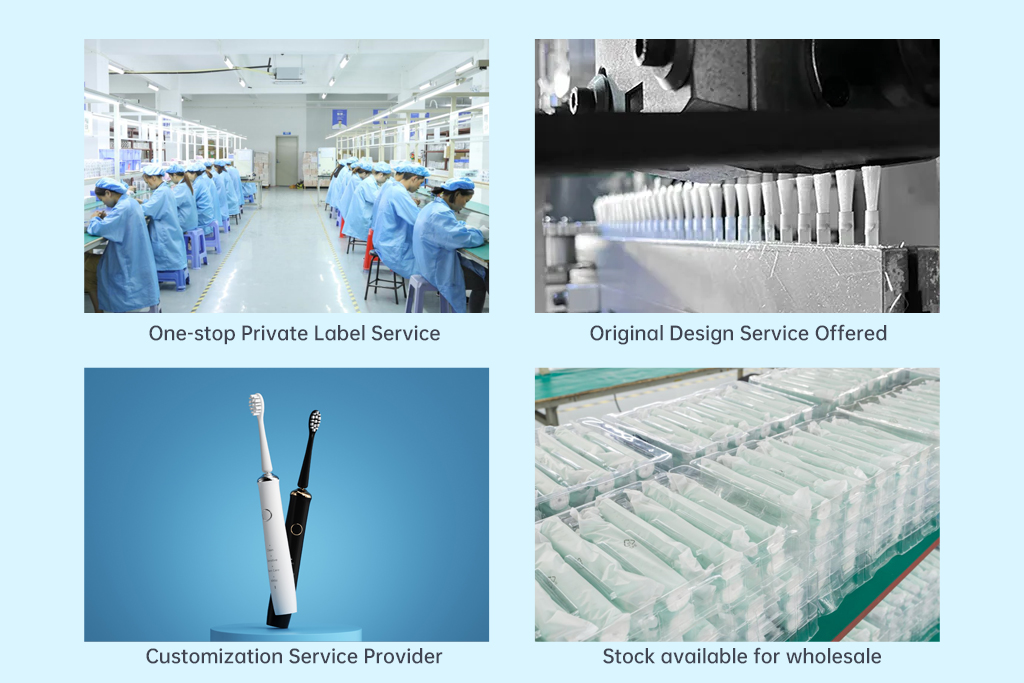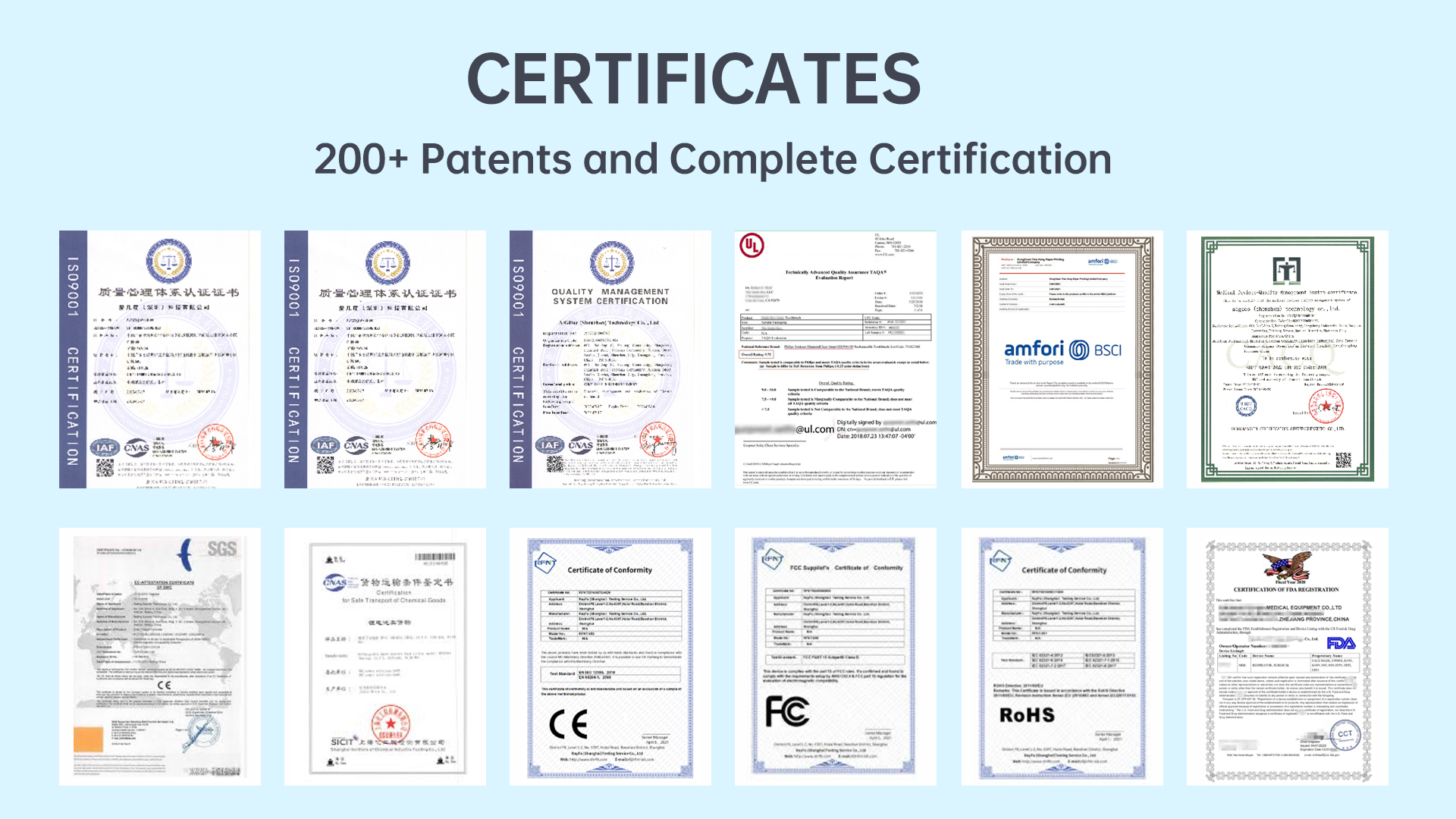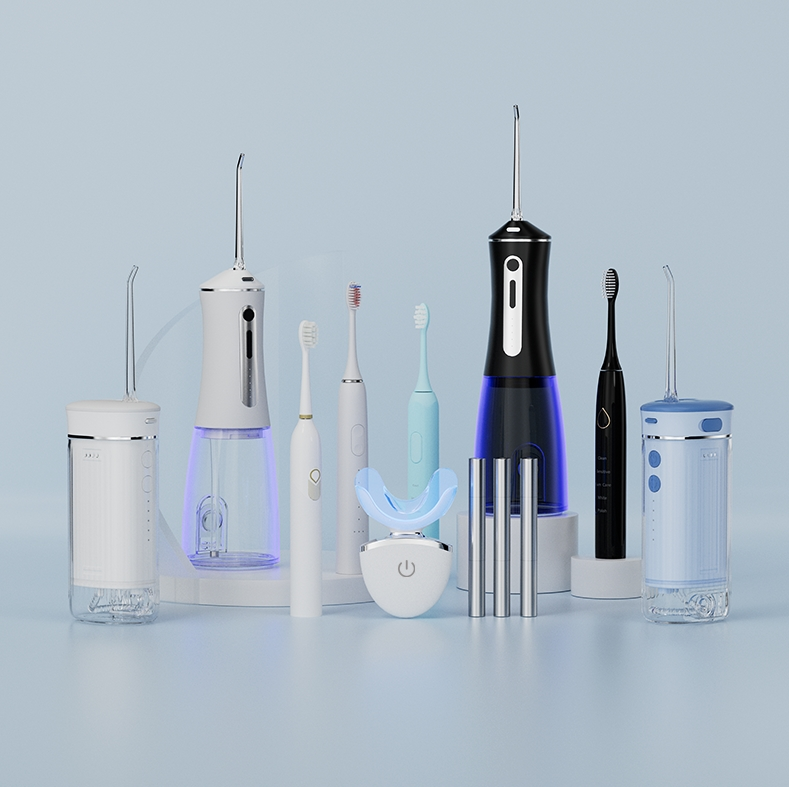In the development and use of water flossers and similar oral care devices, two seemingly minor issues often arise—flow interruption and subsequent incomplete flushing. While these problems may appear individually harmless, when they occur together, they reveal potential design or manufacturing flaws that can undermine product effectiveness and user satisfaction. But is this merely coincidence, or does flow interruption directly lead to incomplete flushing?
Flow interruption occurs when the continuous water or fluid stream in a device is unexpectedly paused or reduced. Common causes include:
Flow interruption not only disturbs the cleaning process but also causes air bubbles and pressure loss within the system.
A direct consequence of flow interruption is incomplete flushing. Here’s why:
Therefore, incomplete flushing is not an independent problem—it is often the result of repeated or unnoticed flow interruptions. Company web: https://www.powsmart.com/product/electric-toothbrush/
This issue affects not only device performance but also user outcomes:
These risks are critical for OEM/ODM brands aiming to maintain product reliability and market competitiveness.
Several upstream design or production shortcomings may cause this chain of faults:
Manufacturers ignoring these risks may produce devices prone to inconsistent flushing performance.
To ensure reliable performance and prevent incomplete flushing after flow interruption, OEM/ODM manufacturers should adopt:
Such measures will significantly reduce flow interruptions and ensure complete flushing in every use.
Looking ahead, brands can explore:
These innovations can turn reliability into a competitive advantage in a crowded market.
In conclusion, incomplete flushing and flow interruption are not isolated technical incidents—they are often linked in a cycle of flawed fluid control that can degrade device performance and user trust. OEM/ODM manufacturers must address this connection at the design and production stages to deliver products that meet customer expectations for consistency, safety, and effectiveness. Contact us



Taste Alteration After Tray Misalignment – Coincidence?
Cavity Risk from Taste Residue?

Benefits of Electric Toothbrushes: Why Brands Should Invest in electric toothbrush Quality Manufacturing
.jpg)
Water Flosser Advantages: Key Selling Points for Brands to Highlight
Battery Leakage and Circuit Corrosion – Dangerous Duo?
Enamel Thinning from Weak Pressure?

How to Choose an Electric Toothbrush Factory for Superior Cleaning Power?
Charging Port Damage Triggering Bristle Shedding – Related?
.jpg)
sonic electric toothbrush Little Rock
Water Splashing plus Handle Slippage – Design Flaw?

Common Electric Toothbrush Issues & How Factories Can Prevent Them
.jpg)
How Brands Can Achieve Higher Margins with Premium Water Flossers
Weak Vibration Plus Sensor Failure – Double Malfunction?
Pulse Instability with Noise Spikes – Motor Dying?
Motor Jamming with Overheating Alerts – Linked?
.jpg)
Product Expansion Strategy: Why Brands Should Add Water Flossers to Their Lineup

electric toothbrush heads Regular Clean

Electric toothbrush heads Charcoal Infused-Diamond

Private Label Whitening Gel

electric toothbrush heads Charcoal Infuse-Round

Customization Teeth Whitening Gel

electric toothbrush heads Ultra Soft

electric toothbrush heads Deep Clean
.jpg)
Florida Electric Toothbrush – Powsmart PTR-C8
whstapp
whstapp
National Toll-Free Service Hotline
+86 755 86238638